Right Triangles Demystified
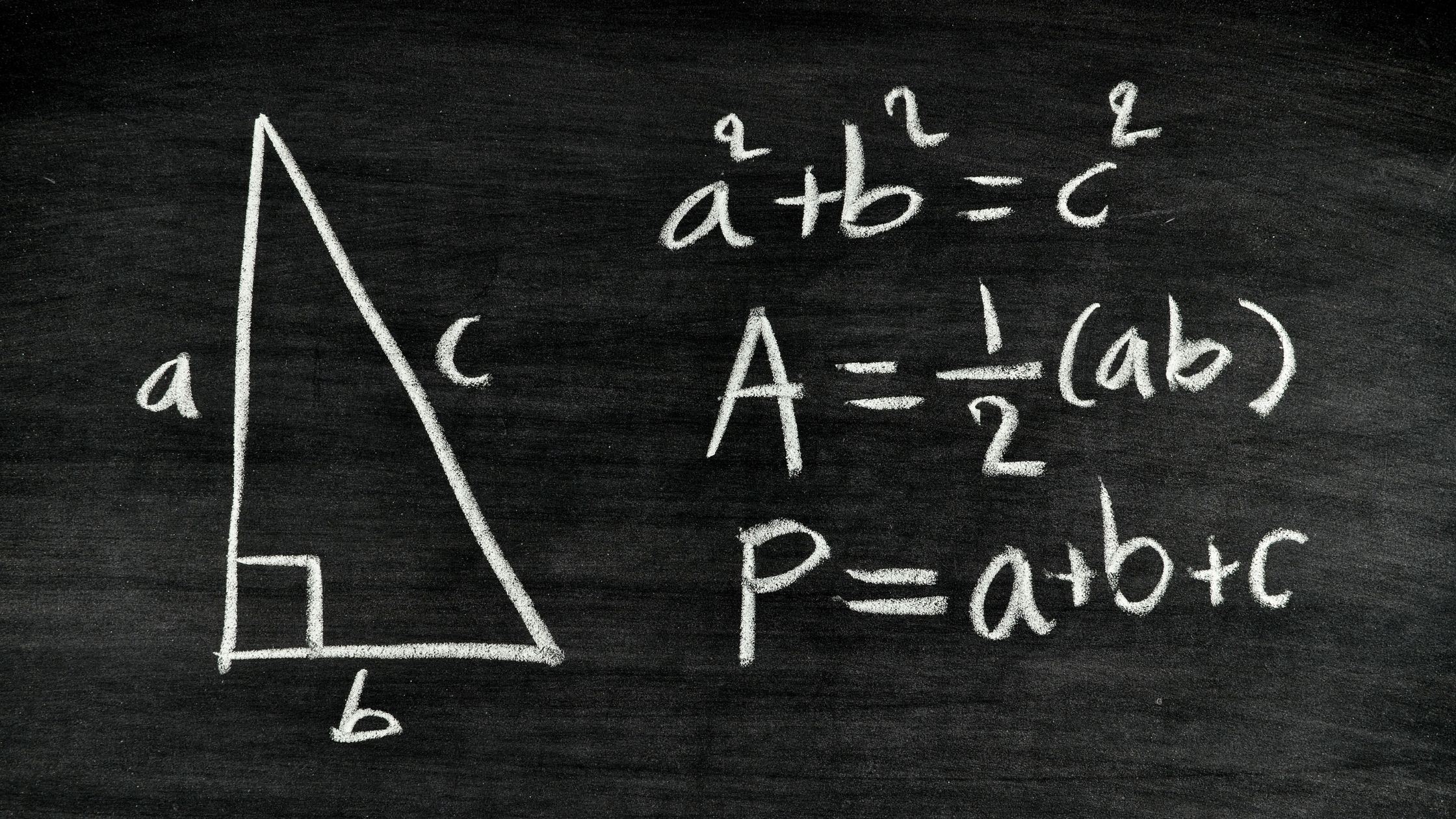
Right Triangles
What is a Right Triangle?
(Go to the Table Of Contents)
A right triangle is a special type of triangle in which one of the angles measures ![]() When we do have a right triangle, the measure of the remaining two angles that are not the right angle CANNOT be equal to
When we do have a right triangle, the measure of the remaining two angles that are not the right angle CANNOT be equal to ![]() , as the sum of all interior angles of a triangle must be equal to
, as the sum of all interior angles of a triangle must be equal to ![]() . A
. A ![]() angle is usually notated by the ∟ symbol. Here are some examples:
angle is usually notated by the ∟ symbol. Here are some examples:
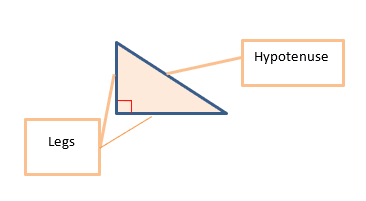
Figure #1
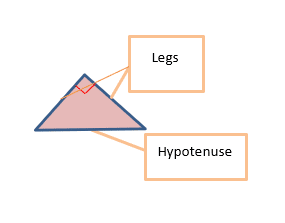
Figure #2
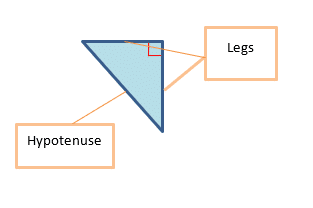
Figure #3
In each of these triangles, the ![]() angle is located where the ∟ symbol is.
angle is located where the ∟ symbol is.
BONUS TIP:
In a right triangle, the longest side is known as the hypotenuse. The hypotenuse will ALWAYS be the side opposite of the ![]() angle. (Since the largest angle in a Right Triangle is always
angle. (Since the largest angle in a Right Triangle is always ![]() and the longest side is always opposite the largest interior angle). The two shorter sides are known as legs.
and the longest side is always opposite the largest interior angle). The two shorter sides are known as legs.
What is a special right triangle?
(Go to the Table Of Contents)
Now that we know about right triangles, let’s talk about two special types of right triangles. Each triangle will have either of the following measures for its three angles.
![]() -
- ![]() -
- ![]() OR
OR ![]() -
- ![]() -
- ![]()
30° – 60° – 90°
(Go to the Table Of Contents)
In a ![]() -
- ![]() -
- ![]() right triangle, one angle measures
right triangle, one angle measures ![]() , one angle measures
, one angle measures ![]() , and one angle measures
, and one angle measures ![]() . The sides of the triangle opposite to each angle have a ratio of
. The sides of the triangle opposite to each angle have a ratio of ![]() , respectively.
, respectively.

Figure #4
45° – 45° – 90°
(Go to the Table Of Contents)
In a ![]() -
- ![]() -
- ![]() right triangle, one angle measures
right triangle, one angle measures ![]() and two angles measure
and two angles measure ![]() . The sides of the triangle opposite to each angle have a ratio of
. The sides of the triangle opposite to each angle have a ratio of ![]() .
.

Figure #5
Using these properties, we can easily solve for the remaining sides of a right triangle if given only one side measurement and knowing that we have a special right triangle.
Fun facts about right triangles:
(Go to the Table Of Contents)
Book a Free Consultation Now!
To Learn more about Trigonometry tutoring at FPLA schedule a free consultation.
Examples
(Go to the Table Of Contents)
Find the missing side,![]() , of each given triangle.
, of each given triangle.
#1

Figure #6
For the problem in Figure #6, we are only given one side of the triangle. To solve for the missing side, ![]() , let’s first solve for the remaining angle. We can do that by setting up the following equation:
, let’s first solve for the remaining angle. We can do that by setting up the following equation:
![]()
Where ![]() is the value of the missing angle.
is the value of the missing angle.

Simplifying we get
![]()
![]()
Solving for ![]() we get
we get
![]()
![]()
Since ![]() , we can see that we have a
, we can see that we have a ![]() -
- ![]() -
- ![]() triangle. Using this information, we can solve for the missing side
triangle. Using this information, we can solve for the missing side ![]() .
.
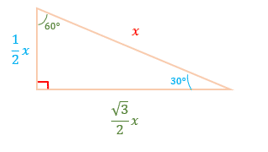
The side we are given is opposite of ![]() . The side opposite of
. The side opposite of ![]() is equal to
is equal to ![]() . Therefore,
. Therefore,
![]()
Solving for ![]() we get
we get
![]()
![]()
Rationalizing we get
![]()
![]()
The side ![]() is equal to
is equal to ![]() . So,
. So,
![]()
![]()
#2

Figure #7
In Figure #7, we will once again begin with solving for the missing angle. We’ll call it ![]() . So,
. So,

![]()
![]()
Solving for ![]() we get
we get
![]()
![]()
Since ![]() , we can see that we have a
, we can see that we have a ![]() -
- ![]() -
- ![]() triangle. Using this information, we can solve for the missing side
triangle. Using this information, we can solve for the missing side ![]() .
.
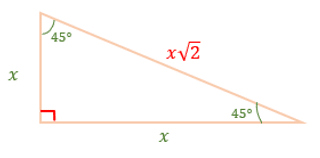
The side we are given is opposite of ![]() . The side opposite of
. The side opposite of ![]() is equal to
is equal to ![]() . Therefore,
. Therefore,
![]()
Solving for ![]() we get
we get
![]()
![]()
Rationalizing, we get
![]()
![]()
Simplifying, we get
![]()
The side ![]() is equal to
is equal to ![]() . So,
. So,
![]()
![]()
Author: Mr. Vernon Sullivan, is a tutor at FPLA, a premier 1-on-1 tutoring center HQ in Miami FL. He teaches Algebra, Geometry, Pre-Cal, ACT, SAT, SSAT, HSPT, PERT, ASVAB and other test prep programs.
Mrs. Emimmal Sekar Proofread this article. Mr. Arikaran Kumar manages the website and the social media outreach.
